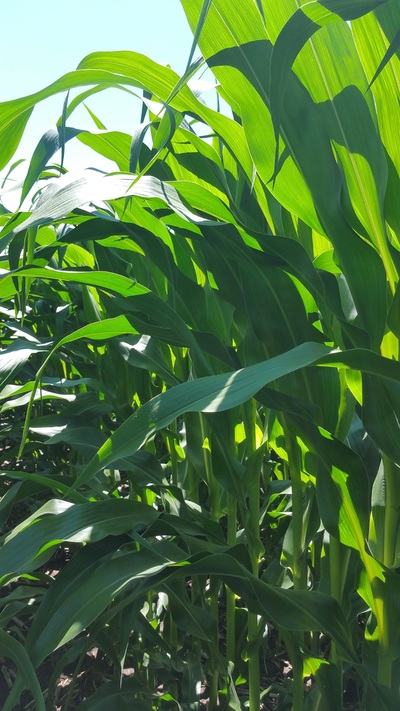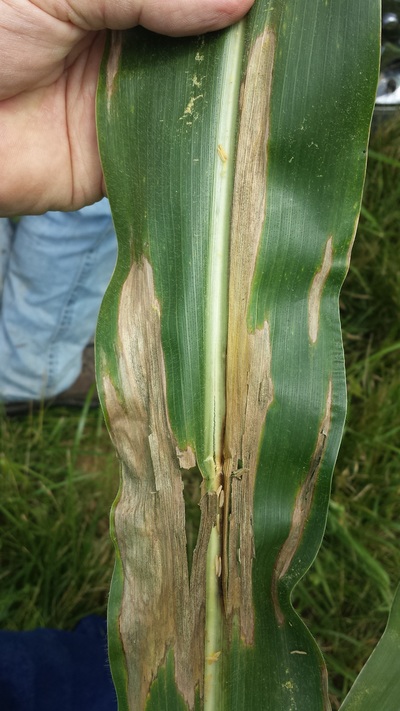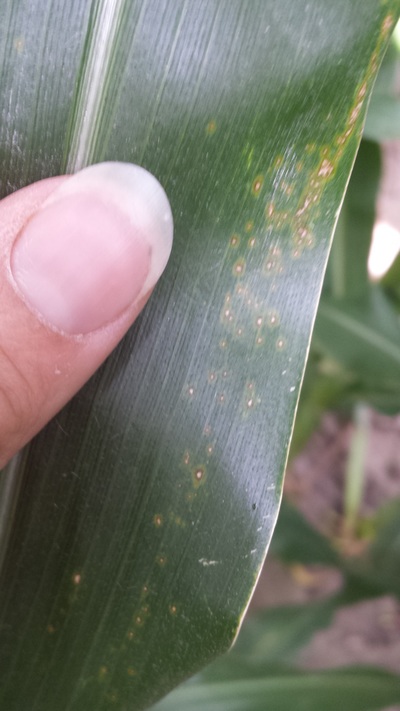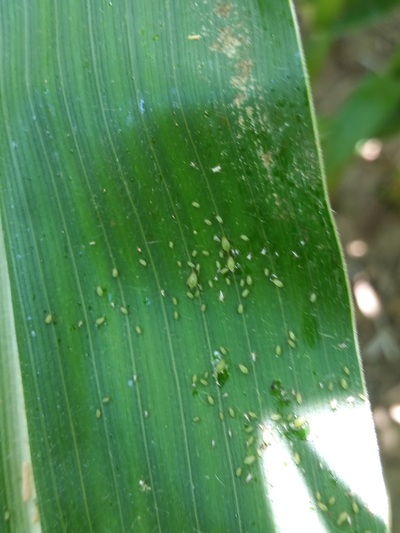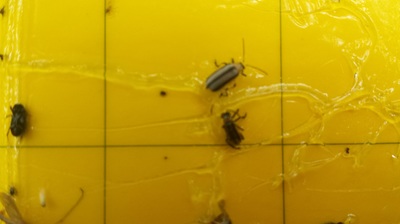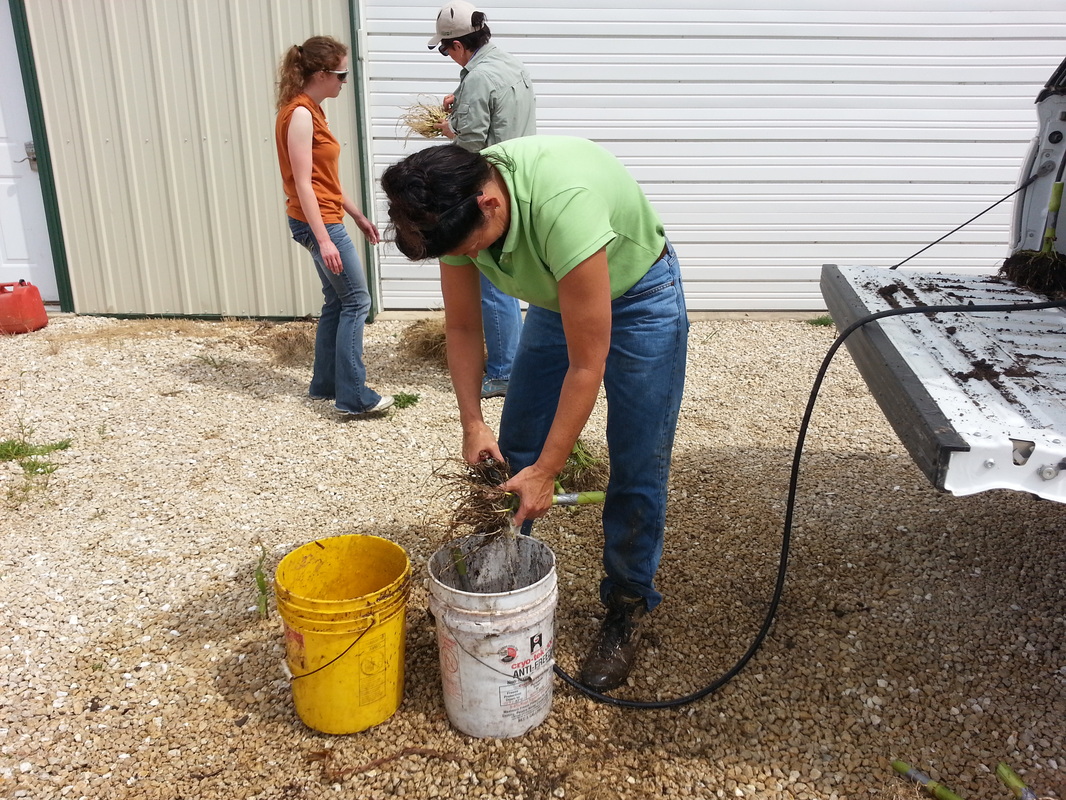2020 Emergence Studies and Rootworm Projects
This picture shows an ear board made to show singulation, emergence and overall performance. This is a little extreme harvesting, weighing, and placing them on the board exactly how they were in the field, but it is for education. We had growers assist us in an emergence study where we tracked how many days it took for each plant to come up from its neighbor. Most growers enjoyed this exercise. If you would like an "emergence kit" let us know.
|
2020 gave us a lot to look at and learn from. On the left a corn on corn root with heavy feeding with a corn on bean root with no feeding. We often get asked, what are my roots supposed to look like? We would like them to look like the ones on the right. These differences in roots have led to sub 150 bushel corn fields and 250+ corn fields. In 2020 with the help of growers in the area, we completed a study on "beetle bombing" where growers checked beetle counts every week for 6 weeks, and some growers added insecticide with their fungicide pass, while others did not. The insecticide made a big difference in beetles in the field which will hopefully lead to less pressure in 2021. If you would like to have a sticky trap for rootworm beetles this summer, let us know.
|
2019 Corn Revolution
2019 was a great year to test top end yields in some of our new products. This Corn Revolution has been happening for a while, but we are starting to see the amazing advances in Germ Plasm (the building blocks of corn DNA) and its impact on corn and soybean yields.
Late plant dates effected how full season corn finished. It also took much top end off planted beans. Corn and beans planted before the snow of May 2019 not only survived the snow, but excelled in the field.
Late plant dates effected how full season corn finished. It also took much top end off planted beans. Corn and beans planted before the snow of May 2019 not only survived the snow, but excelled in the field.
2018 late season scouting
2017 in season videos
Should you spray fungicide? How about adding insecticide?
Watch this short video to hear what Troy is recommending!
2016 Growing Season
2015 pictures
2014 Plot Evaluations
This is one of the many plots we are evaluating on our farm. These plots are also replicated throughout Pioneer.
2013 Year in Review- An Agronomic Look
Each year brings new challenges to farming. In 2013, cool wet conditions in the spring made it challenging to get the crops planted timely and into an ideal seedbed. The rootworms hatch was later than normal, so above ground pressure was reduced in some areas. More beetles emerged late in the season, resulting in more adults surviving. Will this result in higher root worm pressure in 2014?
Mid-Late Season Disease
Wind event near X47
Severe winds knocked down power poles south west of Dyersville on August 30th, 2013. Most corn stood surprisingly well for the wind it handled.
2012 Drought

Right: Cracks in the soil were over 1 inch wide, and went down over a foot in some fields.
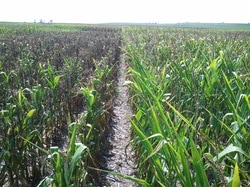
Right: 2012 showed large differences in rootworm pressure and drought tolerance.

Left:
Mike washing the wall
of a root pit dug on
7-10-12.
Below:
Picture of the same root pit showing root depth, and moisture levels as of 7-10-12.

Right: Cutworms also caused damage in some fields. The Herculex 1 (right half of picture) trait is a great management strategy against cutworms.
Below: Rootworm pressure was very high in 2012. Some fields were overwhelmed with rootworm beetles. We are seeing rootworms move more than we have in the past. Monitoring corn rootworm pressure will continue to be important in 2013.
Authorized Pioneer sales rep. Opinions expressed are my own.




